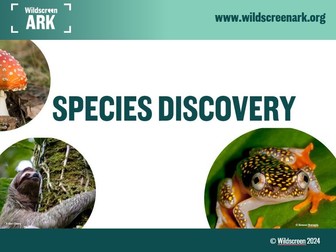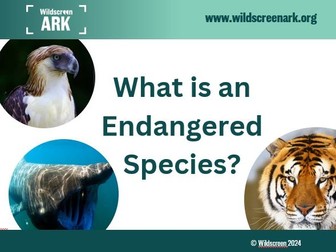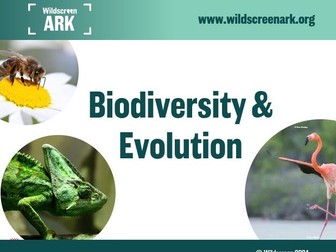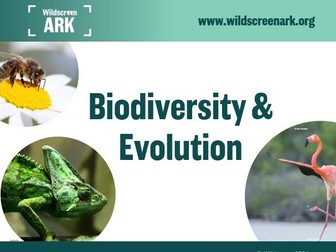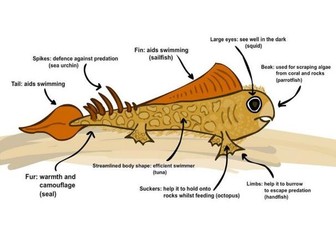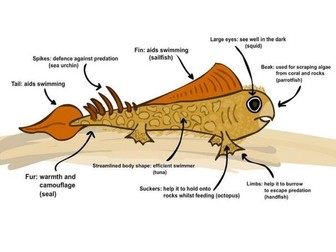Nocturnal Animals
<p>This hands-on activity is designed to teach students about nocturnal animals and the senses they employ to navigate life in the dark.</p>
<p>Wildscreen ARK, ARKive’s successor is now live - please bear with us while we update our learning resources. In the meantime you can access our growing UK species content hub Wildscreen ARK.</p>
